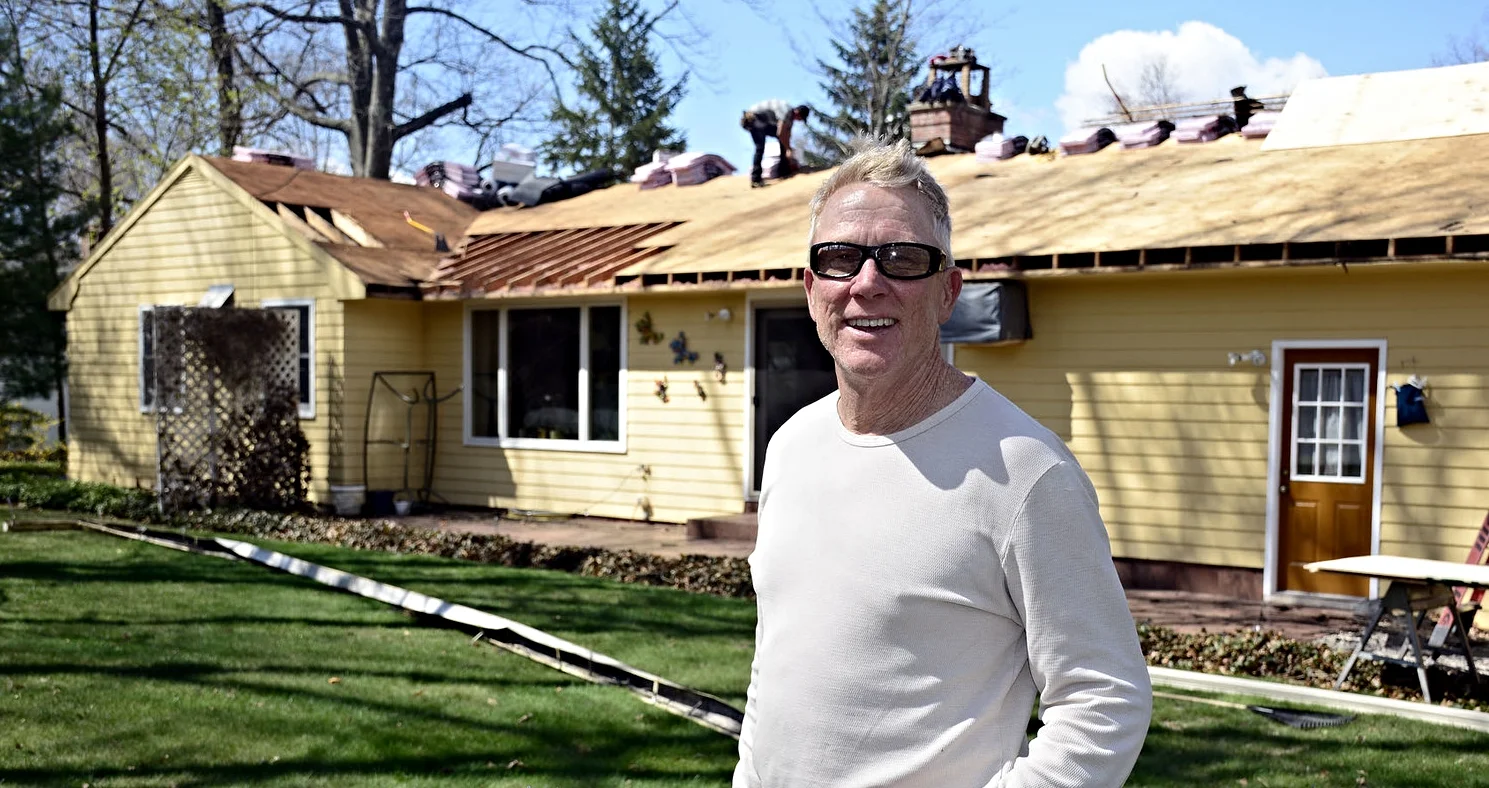Beware of ice dams this winter
Chelsea O'Donnell
One of the perils of living in New England is the cleanup of the winter weather that so often blows our way. In addition to the ice chipping and the snow shoveling, there is one more serious homeowner hazard that can create a headache both inside and outside, and cause major damage your home. The culprit I am talking about is ice dams.
Let me give you some background. An ice dam forms when heat from inside your home causes snow on your roof to melt and the water to trickle down into the gutters. This sounds like what is supposed to happen, except that when the water slides down, it can often refreeze before it drains because the temperature changes from the top of the roof to the bottom. As the water moves it refreezes, causing a blockage in the gutters and drains. Since the water has nowhere it go, it builds up, and looks for other places to go, such as under your shingles. The snow continues to melt, refreeze and accumulate, growing aggressively until you have what we call an ice dam, or a large mass of frozen water that grows from your gutters and the base of your roof.
So why does the temperature change? Well that’s easy. We all know that heat rises, and when your house isn’t properly insulated or ventilated, the heat from the living areas of your home will rise into the attic, hitting the highest temperatures in the very peak of the roof. So it’s no surprise that snow starts to melt at that very point, where the temperature can easily rise to 32 degrees Fahrenheit, or melting point. As the water makes its way down the roof, the temperature decreases; enabling the water to refreeze by the time it finds its way to your gutters. As that water builds up, it begins to form an ice dam.
Have you ever looked around the neighborhood and seen a house with big beautiful icicles hanging from the roof? Those icicles aren’t just a pretty bi-product of winter weather; they are a sure fire sign that an ice damn is forming.
Ice dams can be a real problem, especially in older homes that aren’t properly insulated and ventilated. As the water builds up, it can leak into the house and cause damage to the walls, ceilings, insulation and other areas. Additionally, an ice dam that is melting can channel water down into the foundation, which can cause leaks and mold formation in the basement.
Worried about ice dams damaging your house? Next week, we’ll talk about the ways to temporarily fix them, and what you can do to ensure they don’t pop up again next winter.
